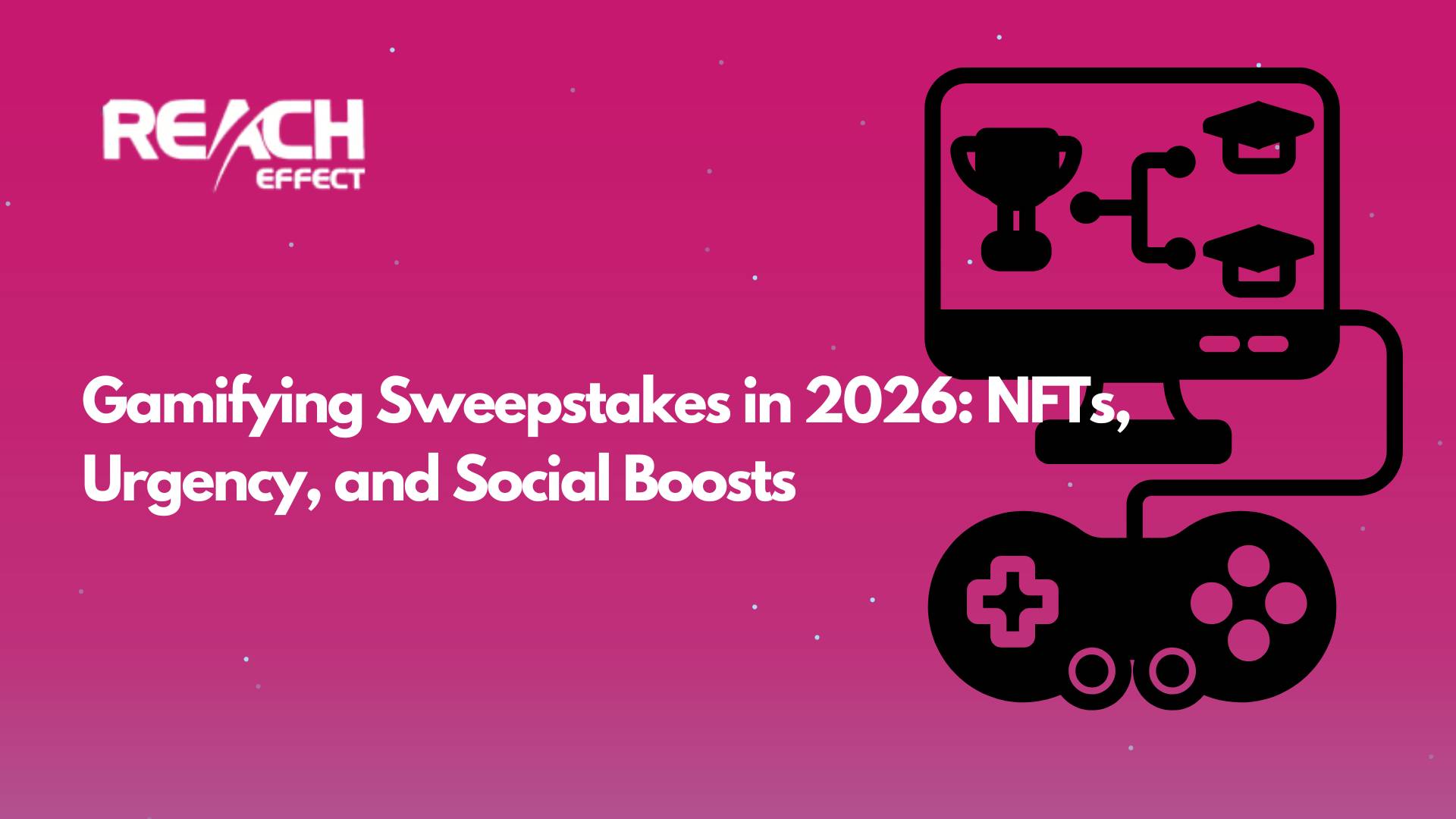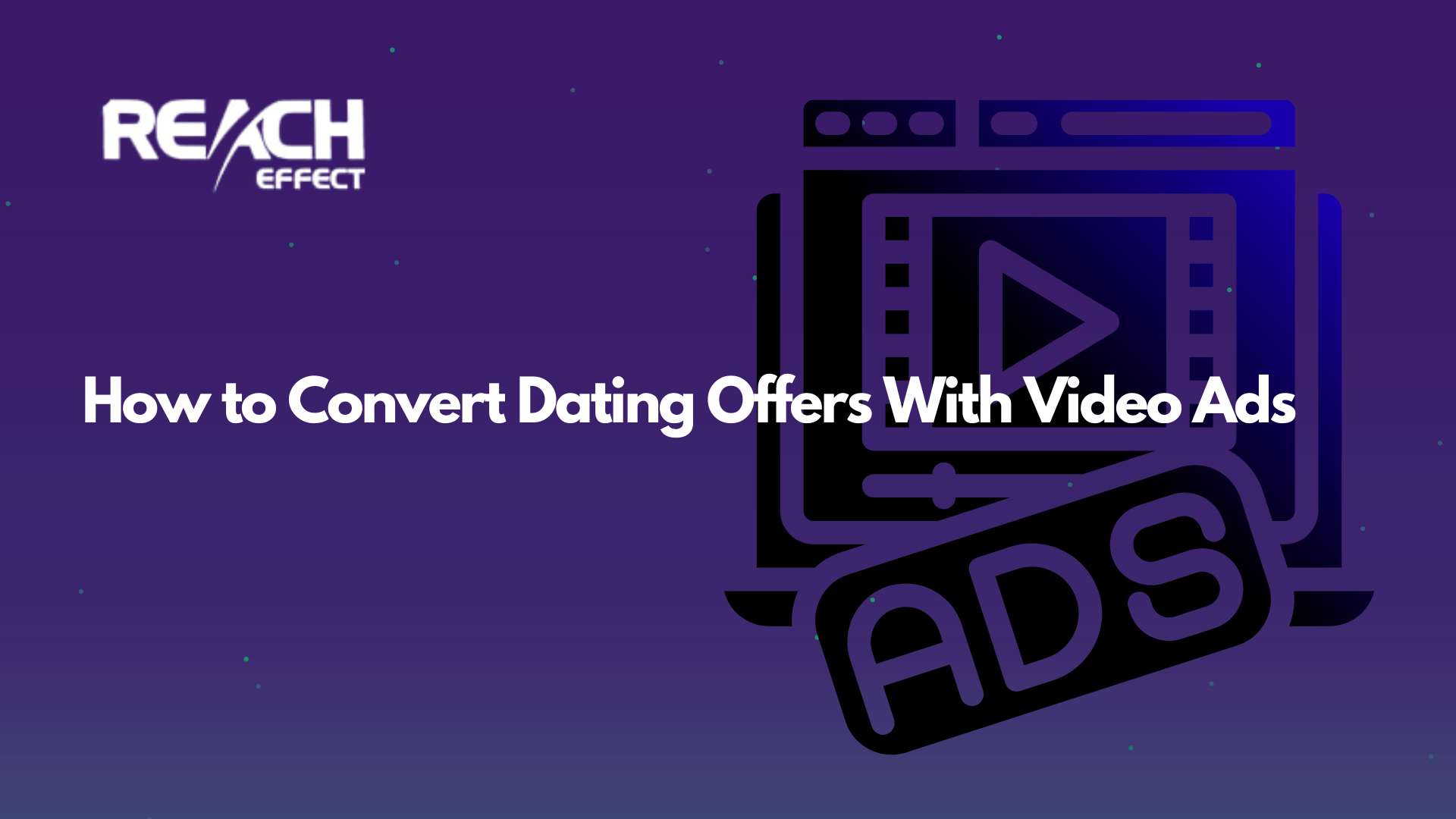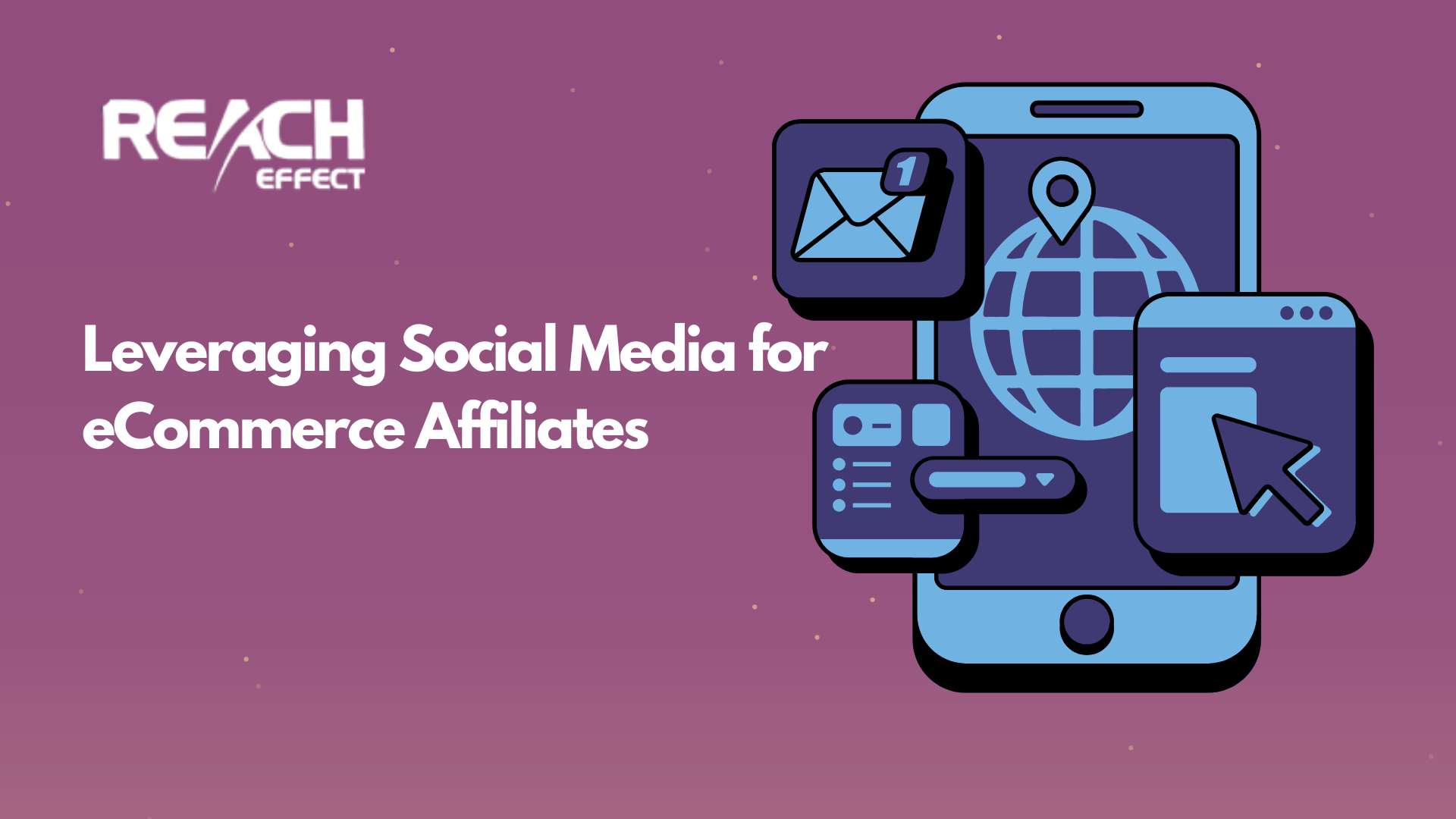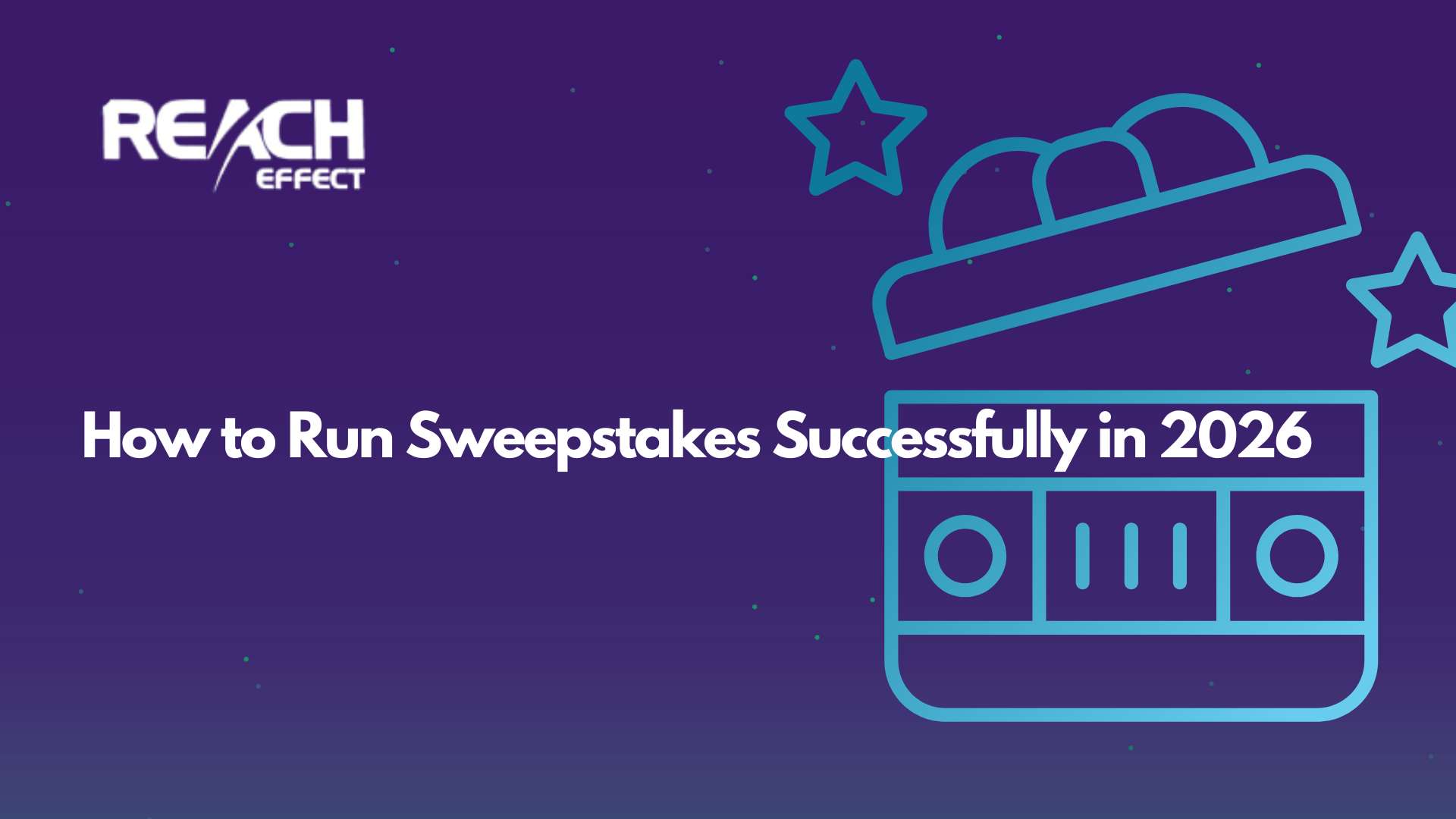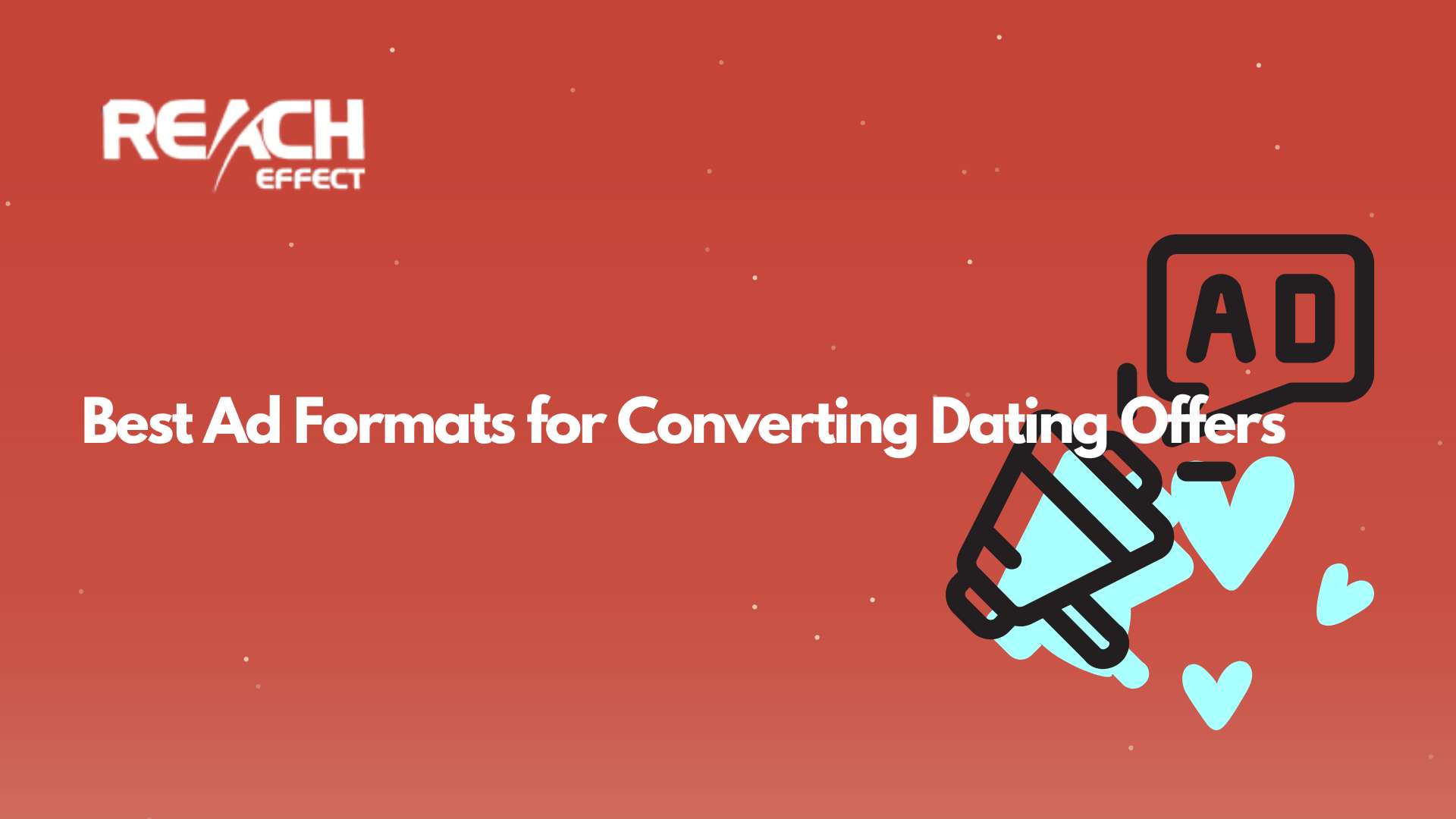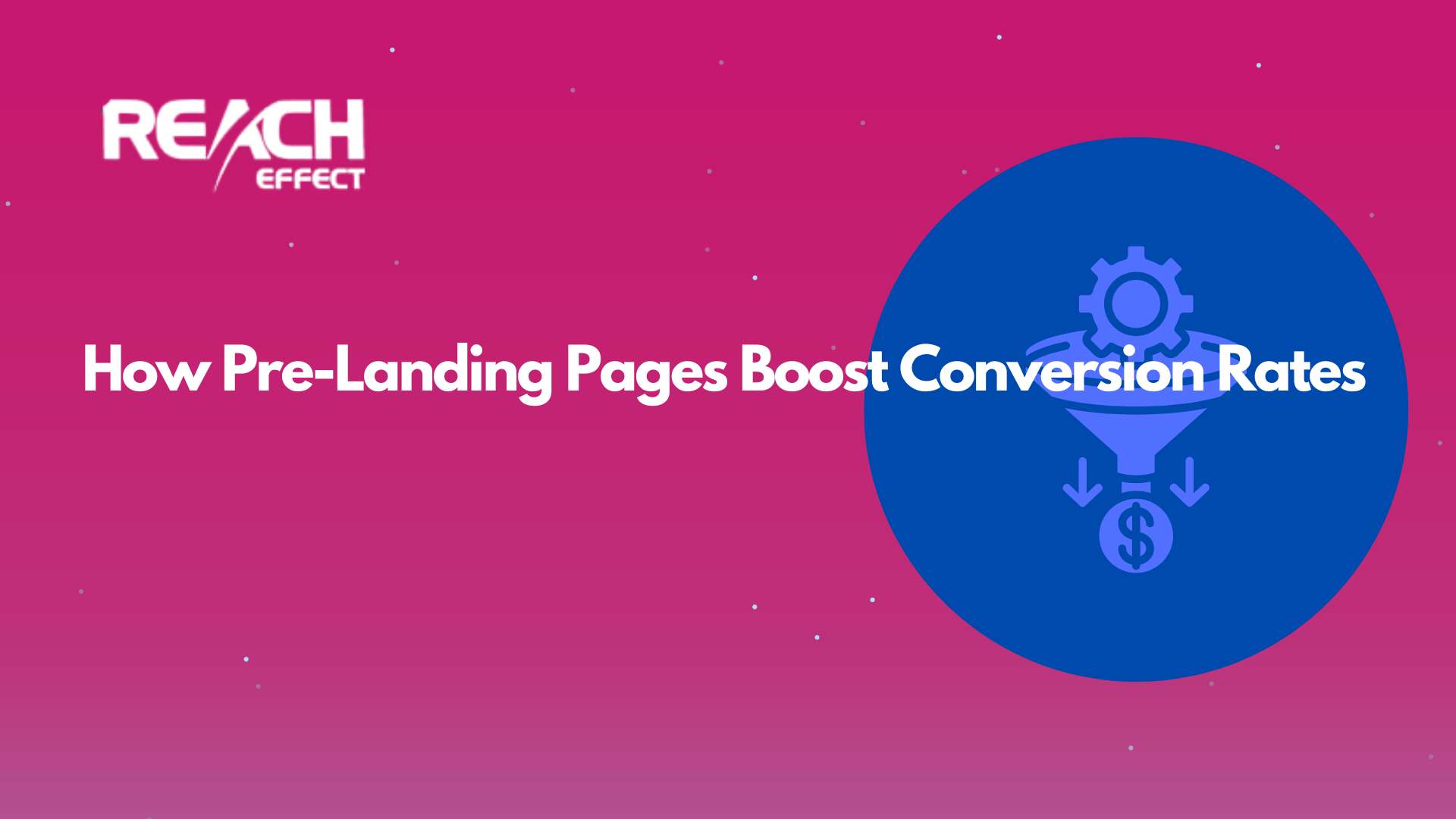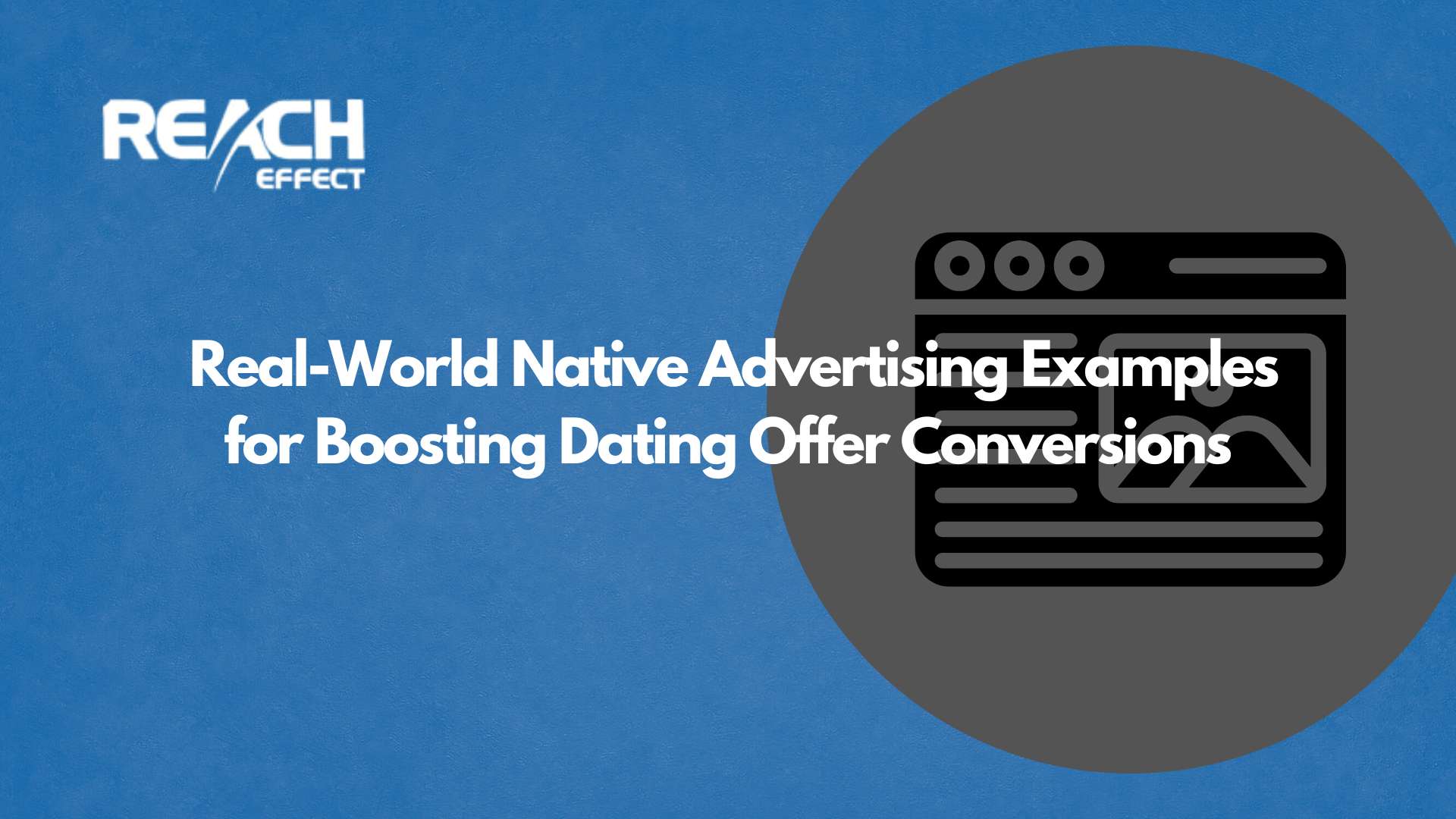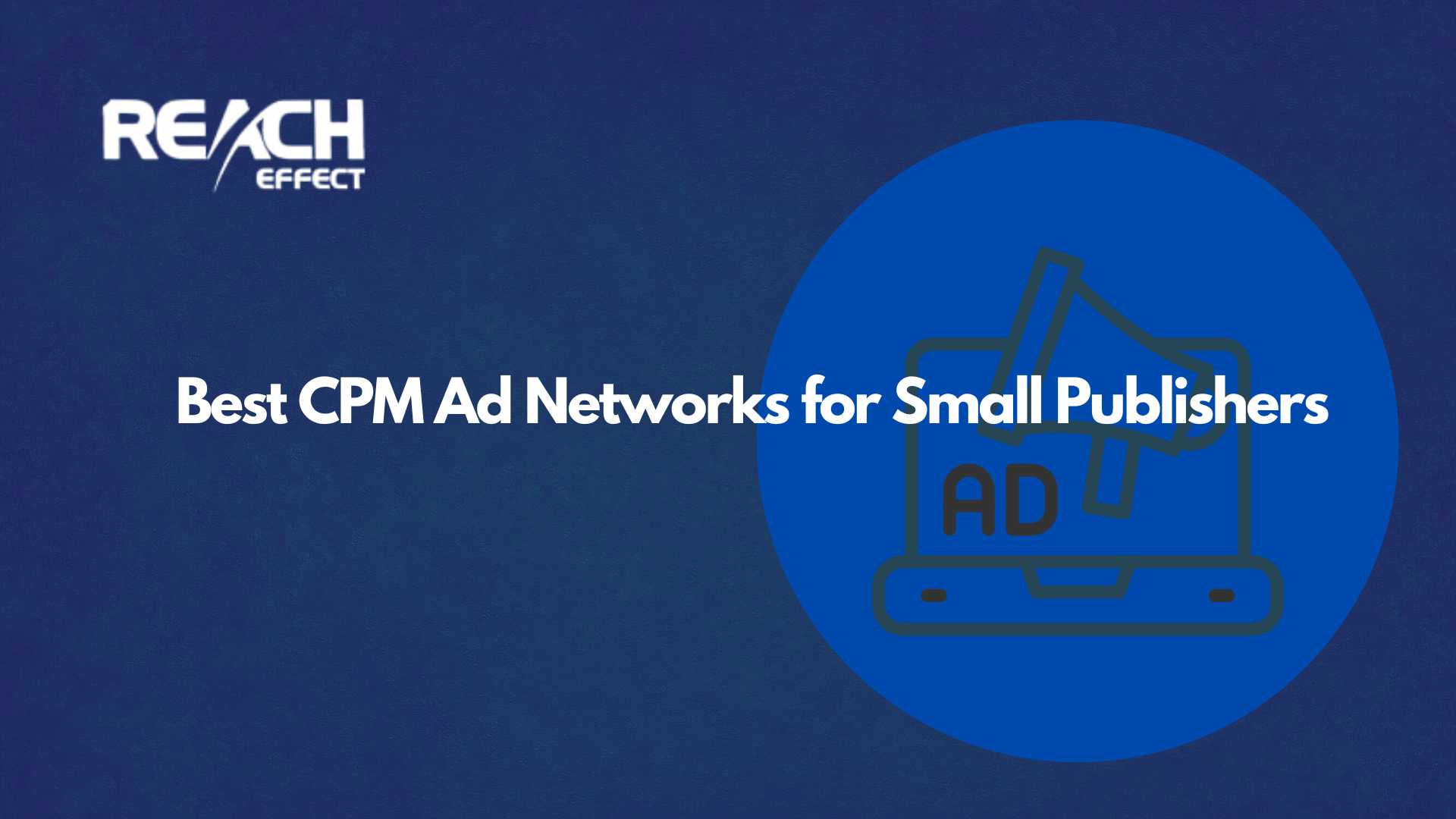Imagine walking through a digital forest where every step you take leaves a trail of breadcrumbs. For years, advertisers have followed these trails, known as cookies, to learn about your online habits. Cookies are small bits of data stored on your browser that help websites remember who you are, show you personalized ads, and track how well those ads work.
Thank you for reading this post, don't forget to subscribe!But the world is changing. Privacy concerns are growing, and people want more control over their data. Because of this, the future of advertising is shifting away from cookies, leading us into a new era of cookieless advertising. So, what does this mean for advertisers, marketers, and even you as a consumer? Let’s dive in and explore what you need to know about advertising without cookies.
Why Cookies Are Fading Away
Cookies have been a cornerstone of online advertising for decades. They let advertisers see what you’re interested in by tracking your visits across different websites. By the way, we have written a couple of articles on cookies such as cookie duration guide or a cookie stuffing guide.
If you browse for a new pair of sneakers, cookies might make sure you see sneaker ads later on a news site. This has made ads more relevant and helped companies measure their success. But there’s a catch. Many people feel uneasy about being watched so closely online. They want their privacy respected, and governments are listening.
Laws like the General Data Protection Regulation (GDPR) in Europe and the California Consumer Privacy Act (CCPA) in the U.S. are putting strict rules on how companies can use personal data. At the same time, big tech companies are making moves. Browsers like Safari and Firefox have already started blocking third-party cookies, which are the ones that follow you across multiple sites. Google Chrome, the most popular browser, plans to phase them out. This shift is pushing the industry toward marketing without cookies, and it’s happening fast.
What Is Cookieless Advertising?
So, what exactly is cookieless advertising? It’s a way to reach people with ads and measure their impact without relying on those third-party cookies. Instead of tracking your every move across the web, advertisers are finding new methods to deliver ads that still feel relevant. One popular approach is using first-party data. This is information you willingly share with a company, like your email address when you sign up for a newsletter or your purchase history when you shop online. Since it’s collected directly with your permission, it’s more private and fits within the new rules.
Another method is contextual advertising. This focuses on the content you’re looking at rather than your past behavior. For example, if you’re reading an article about gardening, you might see ads for seeds or shovels. It’s simple and doesn’t need to peek into your browsing history.
There are also tech solutions popping up, like Google’s Privacy Sandbox, which aims to target ads in a way that keeps your identity hidden. Then there’s Unified ID 2.0, an open-source tool that uses encrypted email addresses to connect users across platforms without exposing personal details. These ideas are shaping the future of advertising without cookies, but they come with both hurdles and possibilities.
The Challenges of a Cookieless World
Losing cookies isn’t easy for advertisers. Third-party cookies gave them a clear map of your online journey, making it simple to show you ads tailored just for you. Without them, it’s tougher to know what you like or how you move between sites. This can make ads less personal, which might mean they don’t grab your attention as much. It also complicates measuring success. If you see an ad on one site but buy something on another, connecting those actions becomes a puzzle without cookies.
This shift could also cost more. With less precise targeting, companies might need to spend extra to reach the right people. Plus, adapting to new tools and systems takes time and money. Small businesses, in particular, might feel the pinch as they figure out how to keep up. But it’s not all gloom. The move to cookieless advertising is sparking fresh ideas that could make marketing without cookies even better than before.
Opportunities to Shine Without Cookies
The end of cookies doesn’t mean the end of great advertising. In fact, it’s a chance to rethink how ads work. For one, putting privacy first can build trust. When you know a brand isn’t secretly tracking you, you might feel better about sharing your info with them. This is where first-party data shines. Companies can use it to create experiences that feel personal without crossing boundaries. Think of a clothing store sending you a discount based on your past purchases—helpful, not creepy.
Contextual advertising is another win. By matching ads to the content you’re already enjoying, brands can reach you when you’re in the mood to engage. Reading a recipe blog? An ad for a new kitchen gadget might catch your eye. Plus, new tech like the Privacy Sandbox and Unified ID 2.0 could balance effective ads with privacy, giving advertisers powerful tools that respect your space.
The shift to cookieless advertising also pushes brands to connect with you in more authentic ways, like through great content or loyalty programs. It’s a chance to build relationships, not just chase clicks.
How Advertisers Can Adapt
Ready to tackle marketing without cookies? Here’s how to get started. First, focus on collecting first-party data. Invite people to share their details by offering something valuable, like a discount or a helpful guide. Be clear about why you’re asking and how you’ll use it. Next, give contextual advertising a try. Test out platforms that place ads based on page content and see how your audience responds. It’s a straightforward way to stay relevant.
Investing in new tech is smart too. Keep an eye on solutions like the Privacy Sandbox or Unified ID 2.0, and consider working with platforms that are ahead of the curve.
Don’t forget about your content. Strong, engaging material can draw people in naturally, no tracking required. Finally, track what you can, like clicks or sales on your site and use those insights to tweak your approach.
Preparing for the Future
The future of advertising without cookies is already here, and it’s full of potential. Yes, there are challenges, like figuring out how to target and measure ads without that old cookie map. But there are also exciting ways to adapt. By leaning into first-party data, exploring contextual ads, and embracing new tech, advertisers can keep reaching people effectively. It’s about finding a balance, delivering ads that work for businesses while respecting what you, the user, care about.


